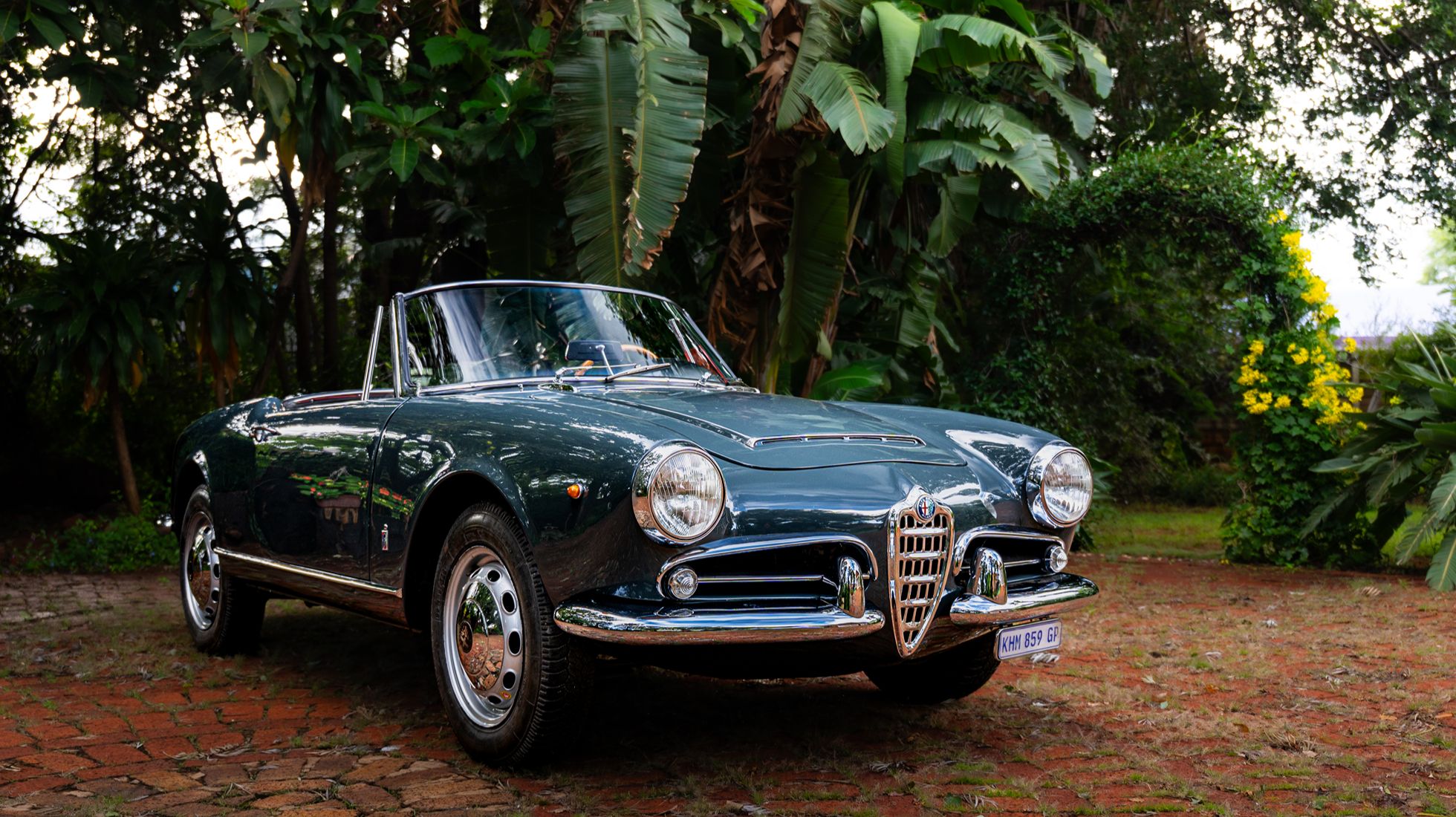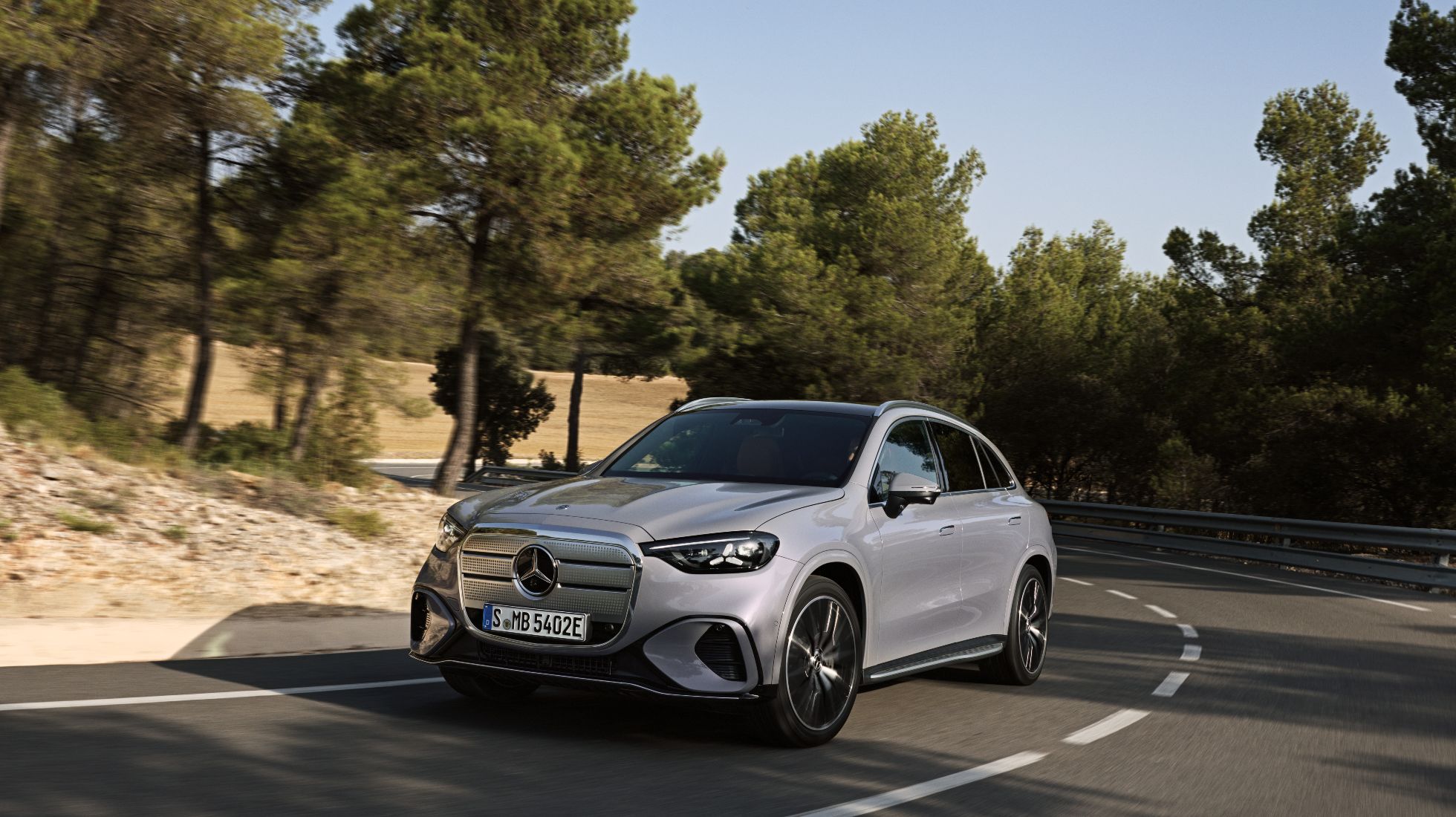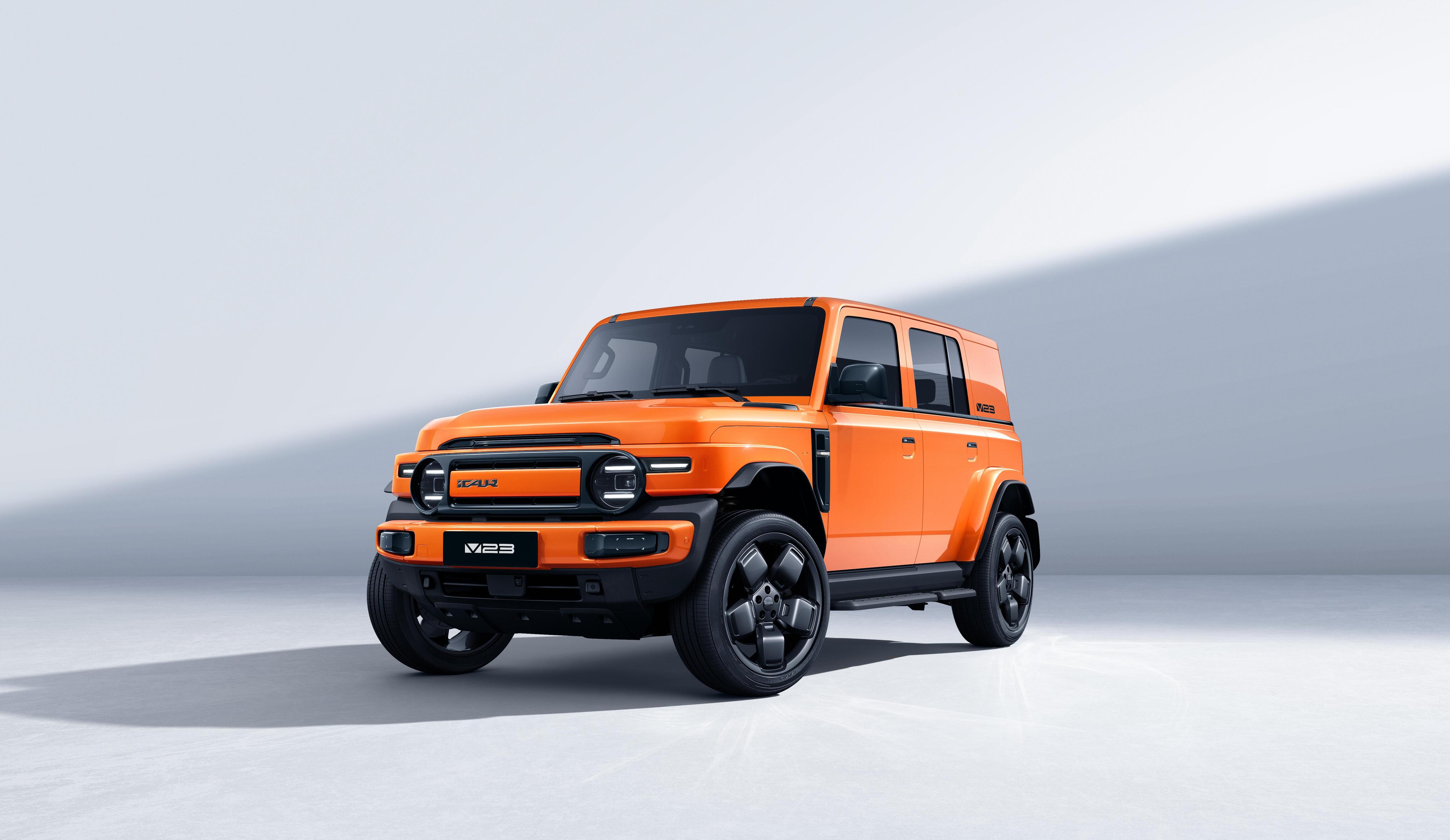Kombi'ing back to the 1960s
Imagine being transported back in time to a sunny coastal drive in the 1960s, where you and your closest friends fill a compact bus with a surfboard fixed to the roof. As the windows roll down, the salty air of the West Coast fills the cabin with the Beatles' Hey Jude playing over the shrill-sounding speakers. No other vehicle captures this moment better than the Volkswagen Kombi, often considered the quintessential emblem of its era.
Few vehicles have become as iconic at different intersections throughout their existence. I've listened to numerous stories from my dad and his friends about the adventures they’ve had in one of these iconic people carriers. Naturally, it made me curious to experience firsthand what the fuss is all about regarding this bus. But before we dive into what the T1 Kombi will be like in 2024, let's turn back the clock to its origins. The VW 'hippie' bus began its life after World War II when the German manufacturer, Volkswagen, saw a need for a do-anything vehicle capable of transporting people, carrying equipment, and being turned into a workhorse with ease. The Dutch Volkswagen designer, Ben Pon, was the mastermind behind this icon, which began its journey in 1947.
Pon originally believed that the VW Plattenwagen would be the desired platform to produce a useful buyer's vehicle. After drawing up his initial VW bus design, the brand had to pump the brakes until 1949, when a prototype named the Type 29 was produced. Unfortunately, the Type 29 sported the distinctive Beetle chassis, which they quickly discovered wasn’t strong enough for its intended workhorse use. To counter this issue, Volkswagen swapped it out for a ladder-frame chassis. Aerodynamics was the next cause for concern, and after some tweaking by the design team at VW, the Kombi, as we know it, was finally launched later in 1949. As you can imagine, it was a rather successful launch.
The first generation of the VW bus was named the T1, and Volkswagen offered the bus in eight different models in their initial lineup. There were features like removable seats for more storage space, and the bus was also available in a pick-up truck and a cargo van without rear windows that were both modelled after the original Plattenwagen.
For the Kombi fanatics out there, you would know that the first generation came with two window options: 11–15 windows or 21–23 windows, which allowed a lot more natural light to flow in. The 23-window option is widely considered the collector's dream, as the current prices of the 23-window variant are almost double those of the 21. The first generation's styling included a split window, which brought about the "splitty” nickname. The Kombi was also renowned for being a spacious and practical vehicle, and the styling was a hit. The brand sold 100,000 units in 1954, and these numbers only improved once Kombi reached nations like the USA.
It further proved to be an excellent alternative to the fuel-heavy offerings of the time to transport goods and equipment around town. It also attracted outdoor enthusiasts and families who were in the market for a station wagon. It built on its continued success since then and has now passed through six generations under the name Transporter. But the unit we got to experience was the classic first generation, so let's get into what it's like in 2024.
Excited would be an understatement when I got word of possibly experiencing this stunning bus. The Kombi in question is a 1959, and to find one in this condition is unheard of. This stunning two-tone Kombi is arguably one of the best maintained in the nation, and everything down to the stitching is pristine, and it has even been given a rating of 10/10 for the paint work.
The first generation Kombi sported a 19kW 1.1-litre rear-mounted, air-cooled engine bolted to a 4-speed transmission on its debut, which couldn’t even break the 120km/h mark. In 1954, it was upgraded to 22kW but this particular bus isn’t any old bus. The lads at Generation Old School got a hold of this Kombi and have created something worth drooling over. The motor has been upgraded to a 1.6-litre unit and has seen its fair share of upgrades, and with slightly more power and an improved ride quality, it is capable of reaching highway speeds. This makes living with the van that much easier in modern times.
As for the refurbishment, it was made to replicate its showroom condition. I was certainly impressed with how well the restoration team encapsulated the van's heyday era. Three rows of newly refurbished white seats make for a bright cabin experience, along with fresh, time-accurate carpets. The refurbishment was rated 10/10 on quality according to Vintage Cars South Africa and I think they are spot on, which gives you a picture of just how special this VW really is. It does host a not-so-old sound system, but I guarantee that the modern niceties end there. I was fascinated with how spacious this bus feels, and this could be credited to the opening safari windscreens allowing for the air to flow through your hair. Its ride, although outdated, was smooth and comfortable and provided a smile-inducing experience that could be enjoyed on longer road trips.
I immediately noticed just how close the front passengers were to the front of the vehicle, with the bumper and my feet only a few millimetres apart. But there is a spacious feeling in this bus, one that provokes adventure and memory-making. But all this does come at a price. This particular Kombi is currently for sale at Vintage Cars South Africa for R1,100,000, which on the surface might seem like a steep price for a 50s bus, but good luck finding a more perfect Kombi for your collection. Everything inside is immaculate, and it runs like new, making it worth every penny.
My time with the Kombi answered the questions I had about just why the Kombi bus was such an icon. It's enjoyable and liberating, with enough room to accommodate all of your friends for a drive down the coast and enough cargo space to load up all of your weekend necessities. It’s a bus that has a personality and is exciting just to see on the roads.
But, most importantly, it’s a bus that evokes so many memories for so many people; it's an icon that represents the history of the 50s and 60s while playing a practical role in an otherwise empty section of the industry in its heyday.











%20(1).jpeg)



.jpg)





%20(1).jpg)






.jpg)
.jpg)

.jpg)
.jpg)
.jpg)
.jpg)
.jpg)
.jpg)
.jpg)
.jpg)
.jpg)
.jpg)


.jpg)
.jpg)

.jpg)
.jpg)
.jpg)
.jpg)
.jpg)

















